English Walnut Tree
- October 9, 2023
- 1 comment
The English Walnut Tree, scientifically known as Juglans regia, stands as a testament to its rich historical, culinary, and economic legacy. Originating in the mountainous terrains from southeastern Europe to the Himalayas, this deciduous tree has been cultivated for more than two millennia. With its distinctive pinnately compound leaves and a height ranging from 30 to 50 feet, the English Walnut Tree not only provides a picturesque canopy but also yields a highly coveted harvest. Its nuts, encased in a tough shell within a green husk, are renowned for their rich, buttery flavor and nutritional benefits, making them a staple in diverse culinary applications.
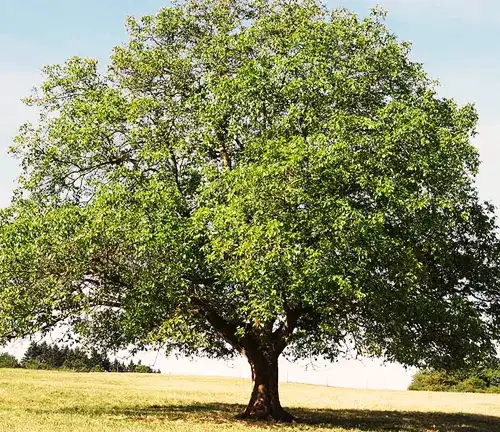
The tree’s significance extends beyond the culinary realm. The heartwood of the English Walnut Tree, characterized by its fine grain and deep color, holds immense value in the woodworking industry. This prized wood is sought after for crafting high-quality furniture, gunstocks, and veneers, showcasing the tree’s versatility in both agricultural and economic spheres. Moreover, its adaptability to various climates has led to its global cultivation, contributing to the establishment of thriving industries in regions as diverse as North America, Australia, and New Zealand.
In addition to its agricultural and economic contributions, the English Walnut Tree has cultural implications, featuring prominently in folklore and traditional medicinal practices across different cultures. Its longevity, adaptability, and the dual benefits of its nuts and wood underscore its multifaceted impact on both local economies and global industries. The English Walnut Tree, with its enduring presence, stands as a symbol of resilience and prosperity, intertwining nature’s bounty with human ingenuity and appreciation for beauty and utility.
| Characteristic | Description |
| Scientific name | Juglans regia |
| Common name | English walnut, Persian walnut |
| Plant type | Deciduous tree |
| Mature height | 40 to 60 feet |
| Growth rate | Medium-fast |
| Sun exposure | Full sun to partial shade |
| Family | Juglandaceae |
| Harvest time | Fall |
| Fruiting age | 5-7 years |
| Soil type | Well-drained, fertile loam |
| Pollination | Self-unfruitful, so two or more trees are needed for pollination |
A Brief History

The English Walnut Tree, scientifically known as Juglans regia, has a history that spans millennia. Originally hailing from regions ranging from southeastern Europe to the Himalayas, this venerable tree has been cultivated and cherished by human societies for over 2,000 years, earning its place in the annals of history.
Color/Appearance
One of the most striking features of the English Walnut Tree is its heartwood. When cut, it reveals a rich, warm color palette, with deep browns and occasional streaks of lighter shades. Its fine, straight grain adds to its visual appeal, making it a beloved choice among woodworkers and artisans alike.
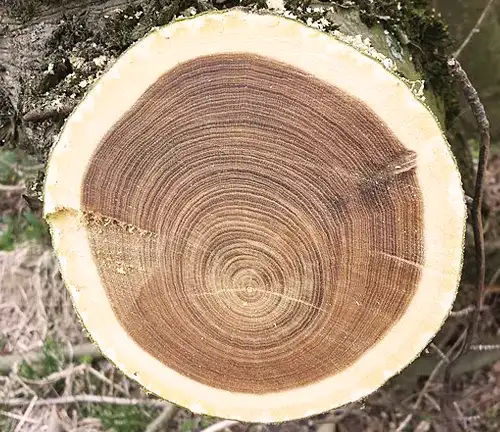
Unique Features
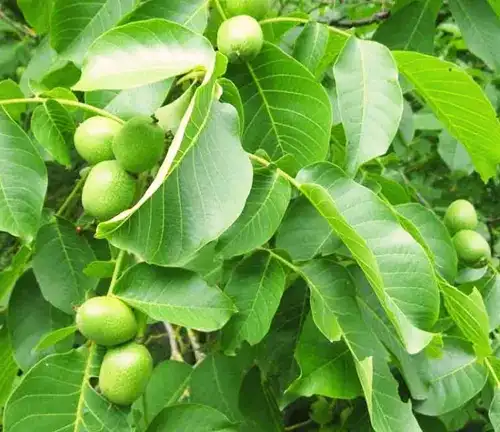
The English Walnut Tree stands out in the natural world with its pinnately compound leaves and the prized nuts it bears. Encased within a tough, corrugated shell, concealed by a green husk, these nuts are celebrated for their buttery taste and exceptional nutritional value, offering a unique culinary experience.
Ecological Importance
Beyond its aesthetic and culinary contributions, the English Walnut Tree plays a vital role in ecosystems. Its broad canopy provides shade and habitat for numerous species, promoting biodiversity. Additionally, the fallen leaves enrich the soil, fostering a fertile environment for surrounding flora.


Adaptation and Resilience
The English Walnut Tree’s adaptability is one of its remarkable traits. It thrives in various temperate climates and has been successfully cultivated across the globe, showcasing its ability to endure and flourish in different environmental conditions.

Cultivation and Care
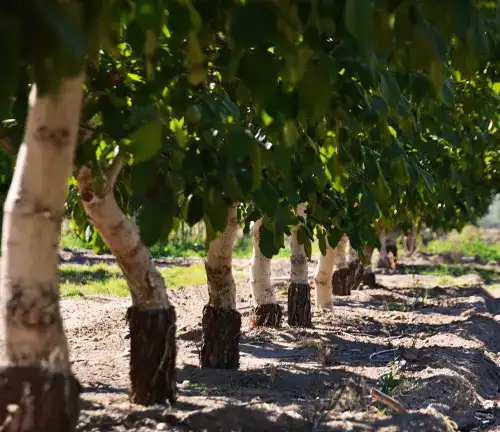
Cultivating English Walnut Trees requires attention to factors such as soil quality, sunlight, and proper spacing. With the right care, these trees can thrive, providing a sustainable source of nuts and wood.
Wood Products and Applications
The heartwood of the English Walnut Tree is not only visually appealing but also highly functional. Its durability and workability make it a favorite among craftsmen for crafting fine furniture, gunstocks known for their strength and beauty, and veneers that grace the most exquisite cabinets and musical instruments.


Other Uses

Beyond wood and nuts, the English Walnut Tree offers various resources. Its leaves have been used in traditional medicine, and the tree’s bark has found applications in textile dyeing, illustrating its versatility.

Threats and Conservation
Despite its resilience, the English Walnut Tree faces threats, including pests and diseases. Conservation efforts are vital to preserving the genetic diversity of these trees and maintaining their ecological importance.

Benefits
The benefits of the English Walnut Tree extend far and wide. From nutritious nuts that enhance our diet to high-quality wood that elevates our living spaces, this tree enriches our lives in numerous practical and aesthetic ways.
Conclusion
In conclusion, the English Walnut Tree is a living treasure that bridges the realms of nature, culture, and history. Its legacy as a source of sustenance, craftsmanship, and symbolism has left an indelible mark on societies across the globe. As we appreciate the intricate facets of the English Walnut Tree, we are reminded of the importance of preserving and celebrating this venerable species for generations to come.
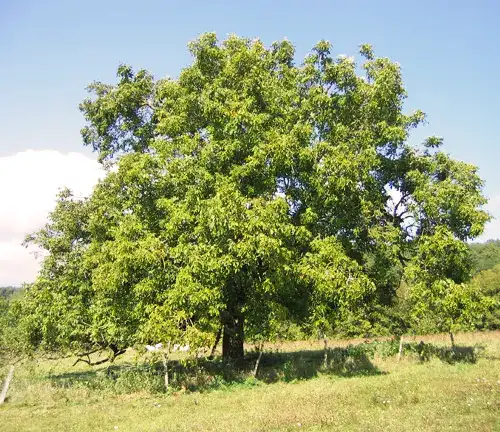
Frequently Asked Questions (FAQS)
- Do English Walnut Trees have any specific soil preferences?
English Walnut Trees thrive in well-drained, deep soils with a slightly acidic to slightly alkaline pH. They prefer soils that are rich in organic matter. However, they are known for their adaptability and can grow in various soil types, from loamy to sandy, as long as the drainage is good. - Are there different varieties of English Walnut Trees, and do they produce nuts with distinct flavors?
Yes, there are several varieties of English Walnut Trees, each with its unique characteristics. While the basic flavor profile of English Walnut nuts is buttery and mild, different varieties may have subtle differences in taste. Some may be slightly sweeter or have distinct undertones, adding to the diversity of flavors within the English Walnut family. - How long does it take for an English Walnut Tree to start producing nuts?
English Walnut Trees typically start producing nuts around 4 to 6 years after planting, but the full production and optimal yields usually begin around 8 to 10 years. The timing can vary based on factors such as environmental conditions, tree health, and specific cultivar characteristics. - What kind of pests or diseases are common for English Walnut Trees, and how can they be managed?
English Walnut Trees can be susceptible to various pests and diseases, including walnut aphids, walnut husk fly, and bacterial blight. Integrated pest management strategies involving regular inspections, biological controls, and appropriate horticultural practices are often employed to manage these issues. Disease-resistant varieties are also available to mitigate certain challenges. - Can English Walnut Trees be grown in containers or small spaces?
While English Walnut Trees are known for their large size, certain dwarf or semi-dwarf cultivars have been developed that are more suitable for smaller spaces or container gardening. These compact varieties allow individuals with limited space, such as urban gardeners or those with small yards, to enjoy the beauty and harvest of English Walnut Trees on a smaller scale.


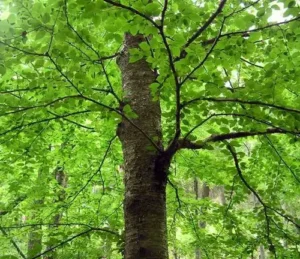

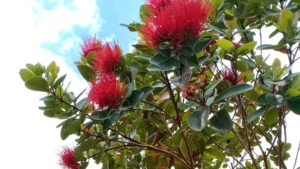
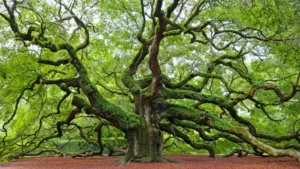
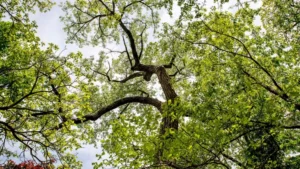

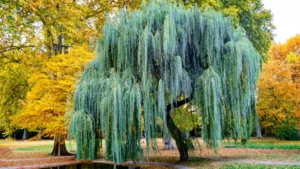





I had 3 English walnut trees, good nut producers on two. Cut third. Tree nut production ceased ?.
Jim haas
September 5, 2024 11:18 pm